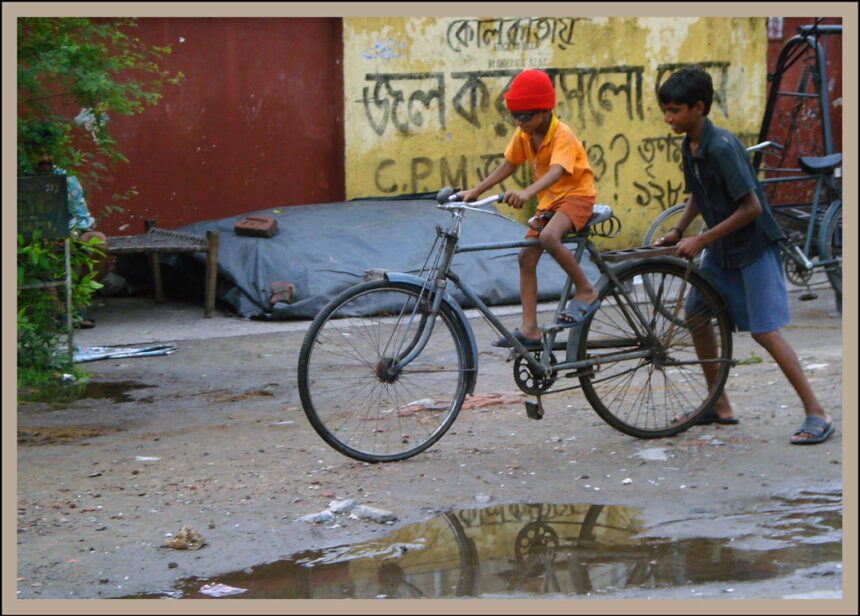Italy’s beloved coffee culture faces a major challenge, as the global price of coffee beans has reached record levels. This could force Italians to spend up to EUR2 on their espresso shots.
The price hike, which is up to 66% more than the current rate, has caused concern for both consumers and café owners in a nation where coffee was once affordable.
Italians used to pay EUR1.20 or EUR1.50 per cappuccino. Now they are bracing themselves for significant price increases.
Coffee price hikes can disrupt lifestyle
Luigi Morello expressed widespread concern as the president of Italian Espresso Institute (which certifies the quality):
Everyone is frightened and anxious about the cost of espresso.
Price increases could disrupt deeply-ingrained habits.
Assoutenti is a leading consumer group that estimates Italians and tourists drink 6 billion cups of coffee in public places every year, which generates revenues around EUR7 billion.
The low prices of coffee in Italy are one reason for this heavy consumption. They’re among the lowest in Western Europe.
Climate change and geopolitical developments have caused significant disruptions to the global coffee supply chain.
Prices of coffee futures have skyrocketed
Prices of coffee futures have soared, with robusta beans reaching $5,000 per ton and higher-end arabica at $2.49 a pound. This is double what they were a year earlier.
Houthi militants have intensified the situation by attacking ships in Red Sea. This has forced vessels to travel longer distances and put further pressure on supply chains.
The impact on everyday life of price hikes is a concern for consumer groups.
Gabriele Melluso of Assoutenti warned of the dangers of further increases in prices at cafes.
Some Italians may decide to drink coffee only at home using the machines they acquired after COVID-19 or give up their espresso habit altogether.
The coffee industry predicts price increases
However, the coffee industry argues price hikes are inevitable.
Baristas, cafe owners and other representatives of the coffee industry have pointed out that espresso, and drinks related to it, can make up as much as 30% of their sales. This makes them particularly susceptible to cost increases.
Luciano Sbraga painted a grim image of the current situation.
Coffee bars that are devoted to coffee have a problem. Only if the coffee bars are owned by families and run without employees or expensive location can they be successful. You can then keep yourself alive.
Italy’s history with regards to coffee prices complicates the situation. Rome has been regulating the cost of espresso for years to make it more affordable.
Italians still expect cheap coffee, even though the price control regime ended many decades ago. Café owners are not just under economic pressure, but they also face social pressure because of their deep-rooted roots in the local community.
Morello said that people expect a price to be fixed, because it is political.
Baristas, on the other hand, are hesitant to add too much volume, for fear of losing it.
Cafe owners are faced with a difficult balancing act due to this cultural expectation. Gianni Manganiello runs the Tazza D’Oro in Rome’s Centocelle neighborhood. He recently raised his espresso prices from 90 cents per cup to EUR1.
He’s willing to accept a 10% price increase in the future if the raw materials costs rise. However, he stresses the importance of caution. “You cannot increase all prices or you will lose customers.” It’s important to keep a healthy balance.
The inflation adds to the pressure
Cafe owners are under pressure from many different sources. They are not only dealing with rising prices of coffee beans, but also increased energy costs. Espresso prices are up by 15% or more since 2021, according to consumer groups.
The major coffee roasters have also raised prices. Giuseppe Lavazza of Lavazza Group and Cristina Scocchia of Illycaffe have warned that further increases in prices are on the way.
Some consumer advocates claim that despite these warnings coffee shops still have significant profit margins.
Melluso, of Assoutenti, claims that the “production cost of a mug is substantially lower than its selling price and profits margins are continuing.”
Industry representatives, on the other hand, dispute this view and point out the rising costs in the entire supply chain.
This situation led to creative solutions. One bar in Liguria responded to complaints from customers about the price of espresso by selling it for 70 cents when they brought home their own cups, sugar, and spoons.
These initiatives show the extent to which cafe owners will go in order to retain their customers while battling rising costs.
The outcome of the Italian coffee market’s turbulent journey remains undetermined. Italians’ coffee habits will change drastically if they adapt to the higher price.
These questions have a wide range of implications, including for Italy’s café culture, the tourism industry and everyday social life.
Italians wait with bated breath and wallets to find out how much the next cup of espresso will cost.
In the coming months, we will see if the long-standing passion for affordable espresso in the United States can stand up to the economic pressures from around the world.
The post Italian Espresso Prices Could Rise by 66% As Global Coffee Costs Soar could be updated as new information unfolds
This site is for entertainment only. Click here to read more






